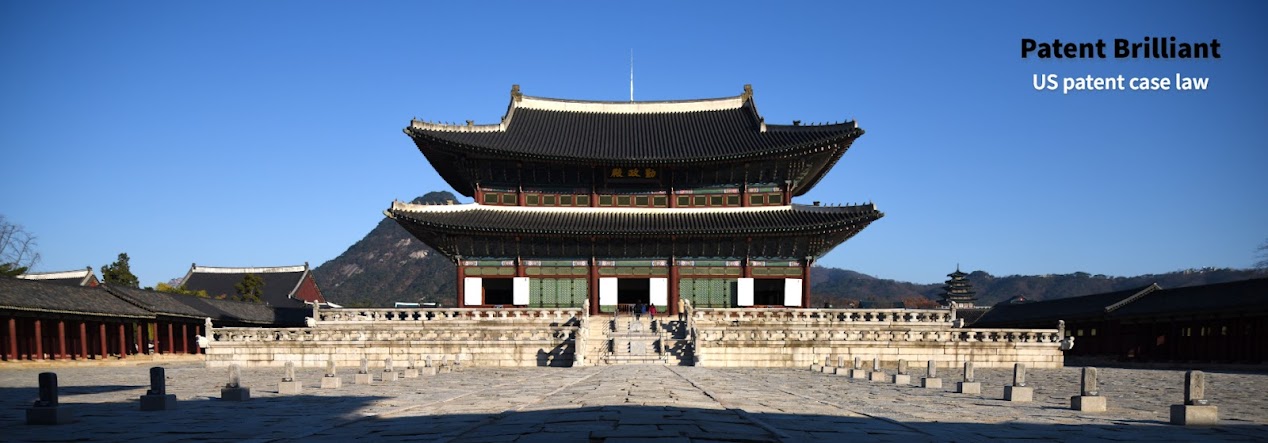35 U.S.C. §112 (a) 는 명세서 기재요건에 대하여 규정하고 있는데, 다음과 같다:
The specification shall contain a written description of the invention, and of the manner and process of making and using it, in such full, clear, concise, and exact terms as to enable any person skilled in the art to which it pertains, or with which it is most nearly connected, to make and use the same, and shall set forth the best mode contemplated by the inventor or joint inventor of carrying out the invention. (즉, (1) written description requirement, (2) enablement requirement, 그리고 (3) best mode requirement이다.)
2010년 CAFC는 Ariad v. Eli Lilly 사건에서, written description requirement와 enablement requirement는 두개의 별도의 요건 임을 확인하였다.
1991년 CAFC는 일찌감치 Vas-Cath v. Mahurkar 사건에서, 112 (a)의 description requirement와 112 (b)의 definiteness requirement 요건의 관계에 대하여 검토한 바 있는데 다음과 같다:
[T]here is a subtle relationship between the policies underlying the description and definiteness requirements, as the two standards, while complementary, approach a similar problem from different directions. Adequate description of the invention guards against the inventor's overreaching by insisting that he recount his invention in such detail that his future claims can be determined to be encompassed within his original creation. The definiteness requirement shapes the future conduct of persons other than the inventor, by insisting that they receive notice of the scope of the patented device. (즉, description requirement와 definiteness requirement는 유사한 문제에 대하여 서로 다른 방향에서 접근하는 상호 보완적인 관계에 있다. adequate description은 발명자 입장에서, 발명자가 자신의 발명에 대하여 후에 그 보다 넓은 범위의 권리를 주장하는 것을 방지하고자 하는 의미가 있고, definiteness requirement는 제3자 (공중) 의 입장에서, 특허 받은 발명의 범위에 대하여 고지 받음으로써, 미래의 행위를 형성하는 목적을 갖는다.)
Ariad Pharm. v. Eli Lilly & Co., Fed. Cir. (2010) 사건에서, CAFC 는 specification 은 (1) inventor 가 특허출원 시점에 claimed invention 을 소유하고 있었고, (2) claimed invention 을 어떻게 구현하고 사용하는지 (how to make and use) PHOSITA 에게 교시해야 한다는 점을 확인하였다. 그리고, disclosure requirement 를 만족하기 위해서는 claim language 를 그대로 반복 기재하는 것 (ipsis verbis) 만으로는 안된다고 하였다.
재판부는 개시요건의 적절성 판단에 있어서, 다음과 같은 요소를 고려할 수 있다고 하였다:
(1) existing knowledge in the particular fields; (2) extent or content of the prior art; (3) maturity of the science or technology; (4) predictability of the aspect at issue
(즉, 상기의 1 ~ 4의 요소에 따라, 개시요건을 어느만큼 자세히 또는 덜 자세히 기재하였을 때, 그것이 적절한지를 판단한다는 의미이다.)
US6,410,516 (Nuclear factors associated with transcriptional regulation) 은 RNA 합성에 있어서의 NF-κKB protein 에 관한 발명인데, claim 1은 다음과 같다:
1. A method for inhibiting expression, in a eukaryotic cell, of a gene whose transcription is regulated by NF-κKB, the method comprising reducing NF-κKB activity in the cell such that expression of said gene is inhibited.
재판부는 specification 에는 claimed invention 의 구체적 정의 (e.g., structure, formula, chemical name, physical property, etc.) 가 있어야 하는데, 그렇지 못하였으므로 해당 claim 은 112(a) 위반으로 무효라고 판시하였다.

